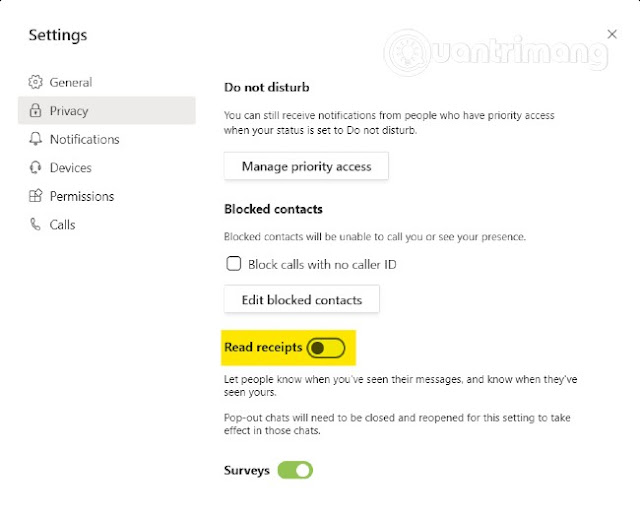Microsoft Teams is an application that supports learning and working online. Due to providing high level of picture and sound quality, this application makes it difficult for low-end computers to respond.
In this article, Windowsbasics will guide you to understand why Microsoft Teams consumes a lot of RAM and CPU and how to solve this problem on Windows 10.
Why is Microsoft Teams consuming so much RAM and CPU?
Here are a few reasons why Microsoft Teams consumes a lot of RAM and CPU on Windows 10 computers:
- Microsoft Teams is built on the Electron platform. As a result, it regularly loads a large number of libraries. Many people believe this is the reason why Teams needs a lot of RAM.
- Microsoft Teams uses the Chromium memory management model as part of the Electron platform. It is used by Teams to build user interfaces and texts. Since it is a video calling application with a high level of picture quality, a lot of image rendering tasks need to be handled so Teams requires a lot of CPU power and RAM.
- In addition, Teams has to run many interactive processes that are compatible with other software, so they have to use a lot of CPU power. The integration feature Microsoft Teams Meeting for Office on Windows 10 is a prime example.
How to reduce RAM and CPU consumption by Microsoft Teams
A. Disable hardware acceleration in Teams
- You visit Microsoft Teams then click the account icon then select Settings
- In the General, uncheck the option for GPU hardware acceleration
- Click the Teams icon in the system tray and close the application
- Restart Teams and check to see if that fixes the problem
- In some cases, removing Teams as a chat app for Office also helped improve the problem. To do this, go back to the General in Teams Settings and uncheck the Register Teams as the chat app for Office section.
B. Turn off Read Receipts
- Go to Microsoft Teams then click the account icon then select Settings
- Go to the Privacy and turn off Read receipts
- Close Teams and restart
- Press the Windows Keys
 + R to open the Run window. Type %appdata% into Run and press Enter
+ R to open the Run window. Type %appdata% into Run and press Enter - Go to C:\Users\UserName\AppData\Roaming\Microsoft\Teams
- Delete files in the following folders: tmp folder, blob_storage, cache, GPUcache, databases and local storage
- In the IndexedDB directory only delete files with .db extension
- Close Teams and restart
- Open Outlook and select Options
- Click Add-In
- Uncheck the Microsoft Teams Meeting Add-in for Microsoft Office
- Save changes and restart Outlook
E. Close background apps
- Open Task Manager and go to the Processes tab
- Right-click on the app you don't need and select End task
F. Adjust image effects
- Press the Windows button to open the Start menu then type adjust performance
- Click Adjust the appearance and performance of Windows
- Select Visual Effects
- Select Adjust for the best performance option. The system automatically disables video animations and effects
- Restart the computer
G. Increase the Page file size
You can manually adjust the Page file value to improve CPU performance.
- Press the Windows button to open the Start menu and then enter SystemPropertiesAdvanced
- Click Settings in the Performance
- Next click on Advanced
- Under Virtual Memory click and the Change button
- Uncheck the box Automatically managing paging file size for all drives
- Choose Custom Size and set the Page file manually
- 16GB is the best value
- Click Set then click Apply/OK to save changes then restart Teams to see if the problem gets fixed.
H. Uninstall and reinstall Microsoft Teams
If none of these solutions helped you, then make sure you try uninstalling and reinstalling Microsoft Teams. Go to Settings>App & features then find Microsoft Teams and hit Uninstall.

















No comments:
Post a Comment